
Heart rate monitors have been a standard part of smartwatches and fitness wearables for quite a while now, but ECG/EKG sensors represent the next generation of wearable heart health devices. They’re more accurate, provide better data, and are, in some cases, FDA-approved for detecting conditions like atrial fibrillation (a leading cause of stroke).
Even better, ECG/EKG capability is already reasonably easy to find in off-the-shelf wearable devices like the Apple Watch, AliveCor’s KardiaBand, the Withings ScanWatch, and more. They’re not just handy for people with heart conditions, either: the data they provide, especially when combined with other data, can help you with athletic training, help manage stress, and even help gauge your mood.
Why heart rate monitors aren’t quite good enough
Your heart rate is a measure of the frequency with which your heart beats. What you hear and feel as your heartbeat is, on a mechanical level, valves inside your heart closing between the atria and the ventricles, which essentially makes the blood flow out of your heart.
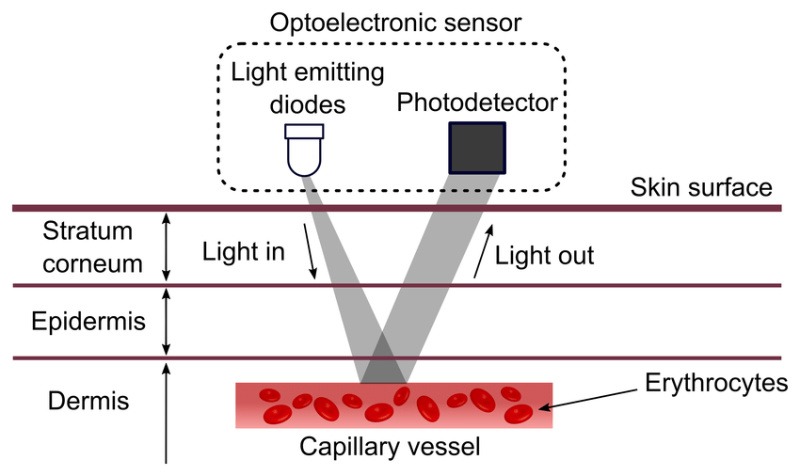
Most wearable heart rate sensors currently use photoplethysmography (PPG), which translates to “shining infrared LEDs on your skin and measuring the reflected light to figure out how much blood is down there.” This works because hemoglobin, a protein in your blood that carries oxygen and carbon dioxide around your body, absorbs and reflects light at a known rate, and different concentrations of it can tell the sensor what blood volume it’s looking at.
This is extremely cool, but it has a few problems. Because it relies on light, it can be disrupted by ambient light, has trouble with different skin colors and conditions, and it works best in places where there are a lot of blood vessels. Spoiler: the wrist does not have a lot of blood vessels, and since it’s far away from the heart, blood is moving more slowly, leading to overall lower readings in the wrist area. Movement and sweat can also interfere with accuracy, which is inconvenient if you’re using it to monitor your exercise.
How ECG monitors are better
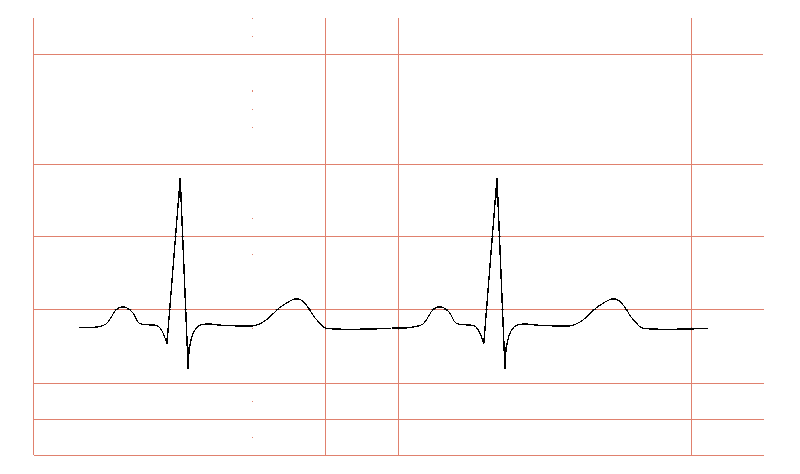
Of course, optical heart rate monitors aren’t useless. Many of them have shown fairly good results in trials, and depending on how you’re using yours, it may be all you need. ECG technology, however, is clearly a step up, since it directly detects and analyzes electrical signals generated by the heart.
Side note: ECG means “Electrocardiogram” and EKG means “Elektro-kardiographie.” EKG is the abbreviation for the German term, but the two are often used interchangeably to describe the technology.
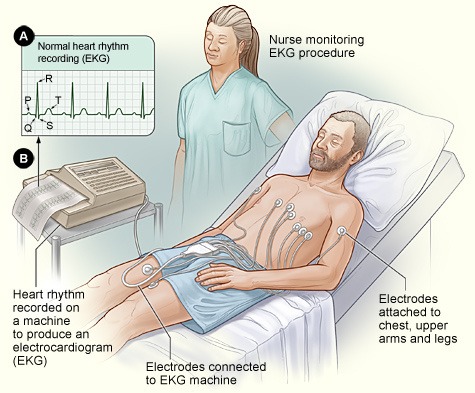
If you’ve ever been in a hospital and seen one of those machines that steadily draws a vertical line on a screen and makes beeping noises, that’s an ECG machine. Remember how your heart’s valves open and close? They do that because there’s an electrical impulse going around telling the muscles to contract. That pulse is what ECG machines are looking for, and they can pick it up consistently and accurately.
This level of precision means that instead of just measuring heart rate as PPG sensors do, ECG sensors can identify variability (small irregularities) in heartbeats, which makes them much more effective than simple heart rate monitors as medical monitoring devices. The Apple Watch 4 and up and the AliveCor Kardia devices all have been tested and approved for detecting atrial fibrillation, which is a heart condition that can lead to heart failure, strokes, and even dementia.
Wearable devices typically only have one lead (the sensor you attach to your body to measure the electricity), however, which makes them less accurate than actual medical-grade devices, which often have twelve leads. This means that even though they’re likely to be approved for a wide range of medical uses in the future, they’ll never be a perfect substitute for an actual medical examination and should be considered effective mostly for non-critical use and early warning.
What kind of wearables are available?
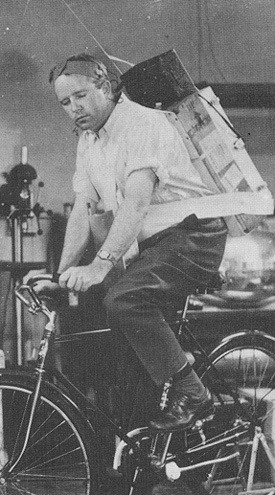
Seventy years ago you would have been stuck with a Holter Monitor – a 75-pound backpack containing an ECG device. The tech has gotten much smaller and cheaper since then, though, and now it’s finally started hitting the wearables market in form factors ranging from a wristwatch to T-shirt.
The Apple Watch
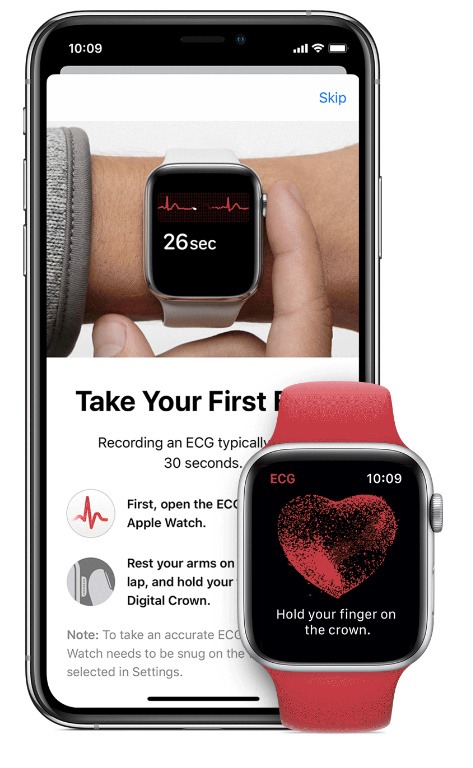
Apple Watches after and including the Series 4 feature both ECG capabilities and a basic optical heart rate monitor. While the heart rate monitor is continuously checking up on you, you’ll have to open the app and hold your finger on the Digital Crown (a raised sensor on the side of the watch) for 30 seconds to get a reading. Once you do, your watch will show your results, which may be normal, atrial fibrillation, high or low, or inconclusive. The app reminds you, though, that the app isn’t meant to detect heart conditions other than atrial fibrillation, though it may be able to in the future.
AliveCor KardiaMobile
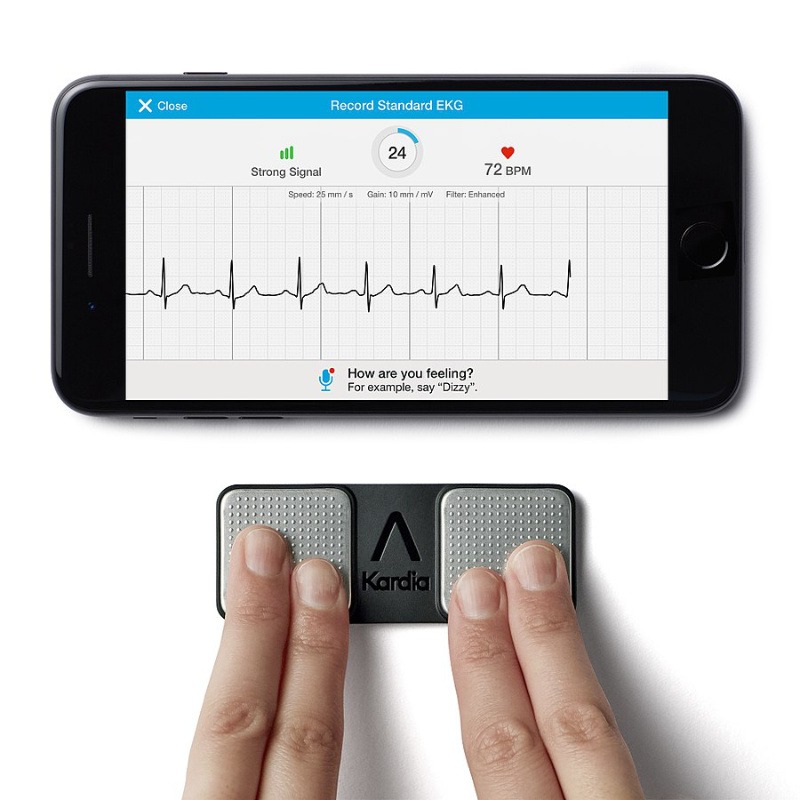
AliveCor used to make a watch band that attached to the Apple Watch and provide ECG functionality, but presumably since the Apple Watch added that feature itself, they’ve now switched over to a device that attaches to the back of smartphones and is FDA-cleared to detect not only atrial fibrillation, but also bradycardia (low heart rate) and tachycardia (high heart rate). If the single-lead version isn’t detailed enough for your needs, you can also get a six-lead version that can provide more detailed data. Both versions allow you to record your readings and share them with doctors and are widely regarded as quite reliable.
Withings Move ECG/ScanWatch
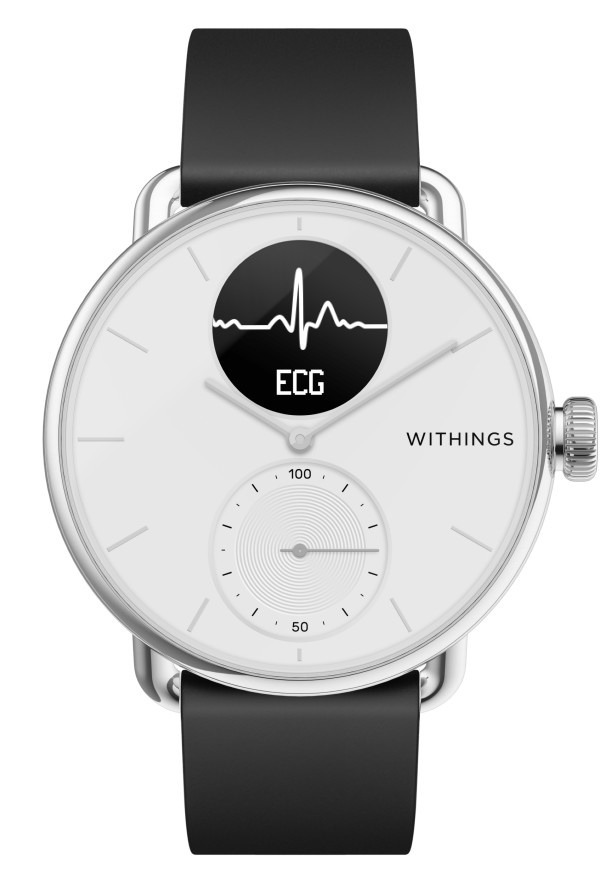
Withings makes several different smartwatch lines, and two of them, the Move ECG and the ScanWatch, provide ECG readings. Because they’re hybrid watches, featuring both an analog watch screen and a small digital display, they get good battery life (up to 30 days), but you’ll have to use a smartphone to see your detailed results. They both feature optical heart rate sensors that monitor you throughout the day, and the ScanWatch also includes a sensor to monitor your oxygen levels to help you detect sleep apnea.
Neither of them is FDA-approved and/or available in the US yet, though the Move ECG has been available in Europe for some time. The company predicts they’ll be available in mid-2020, pending clinical study results.
QardioCore
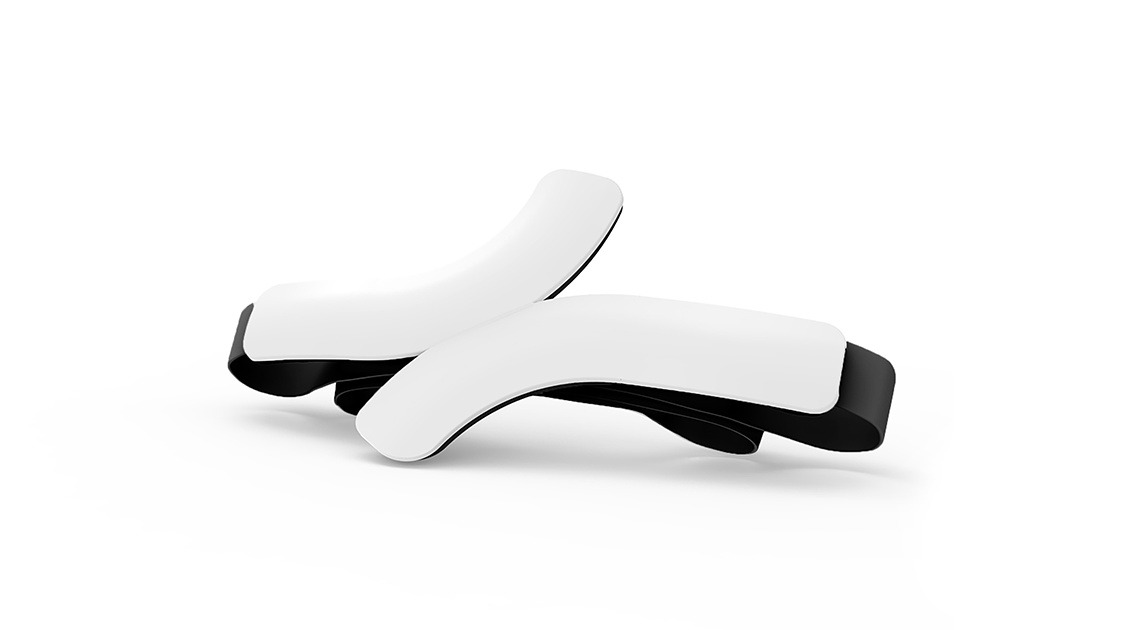
The big problem with ECG watches is that you have to stop and take readings regularly. The QardioCore, though, straps directly to your chest and gives you continuous ECG monitoring, plus respiratory rate and skin temperature data. It’s only available via prescription, though, and then only in Europe, Canada, and Australia, pending FDA approval.
Hexoskin
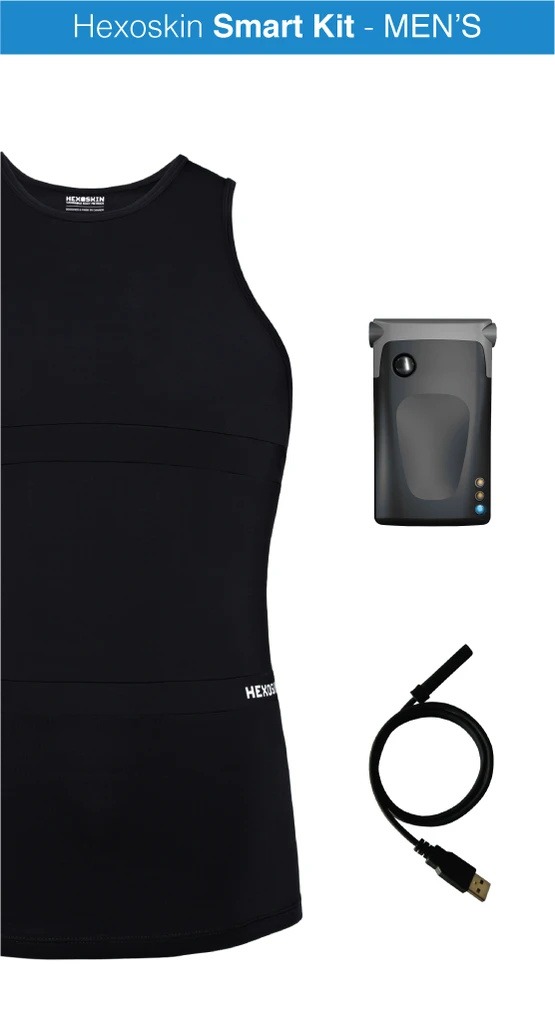
Another continuous-collection device is the Hexoskin, which is essentially a shirt with built-in ECG, respiratory, and activity sensors. It’s machine-washable, can run on battery for over 30 hours, and even syncs with third-party apps. Hexoskin products are often used for research and vital sign monitoring, and as such, they provide a “Connected Health Platform” that makes the data accessible via dashboards and APIs for analysis.
Samsung Galaxy Watch Active 2
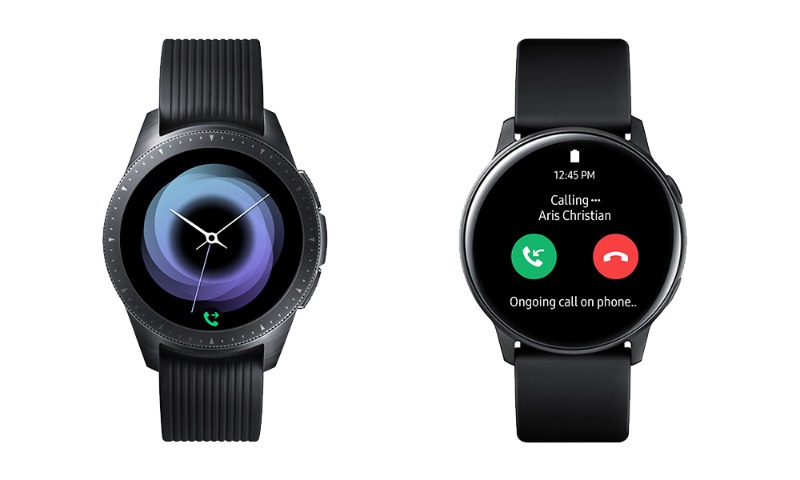
Samsung’s new Galaxy Watch Active has ECG capabilities, but they need to be activated via a software update, and that can only happen after FDA approval, and it’s uncertain when that will be.
Chronolife Nexkin
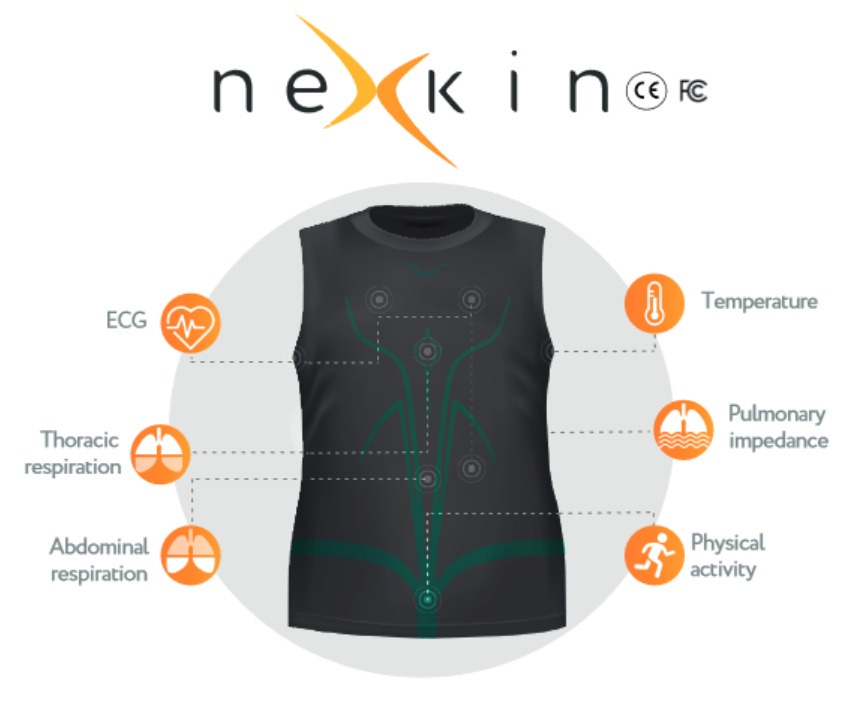
Chronolife launched their Nexkin biometric T-shirt, similar to the above-mentioned Hexoskin, as a medical solution in November 2019. They also plan to release a consumer version in 2020, though, with very similar specs. It should be able to record ECG, breathing, body temperature, activity, and even fluid in your lungs. The company has also developed an algorithm that uses the data to predict heart failure events, and this may also be available to users of the consumer-grade garments.
Who needs an ECG wearable?
While it’s most useful for people with heart conditions and athletes looking to optimize their training, being able to more closely monitor your cardiovascular health is never a bad thing. You don’t have to search very hard to find stories from people who discovered hitherto-undetected cardiac issues using these wearable devices.
Though they’re certainly not as accurate or detailed as a medical-grade machine, wearable ECGs provide a breadth of data that is hard to match in a clinical setting. Biometric data, especially heartbeat, can be used to identify and track all sorts of health issues ranging from physical problems to the stresses that may have caused them. ECG monitors aren’t exactly standard issue smart devices yet, but as they improve in quality and come down in cost, they may start showing up as a normal part of any fitness-oriented gadget.
Image credits: Apple Watch Series 5, Amazfit Verge, Qardio, Galaxy Watch Active, Withings ScanWatch, KardiaMobile, Schematic representation of a normal ECG, Hexoskin Smart Kit, Chronolife Nexkin, Working principle of PPG sensors, Atrial fibrillation 01, Normal_ECG_2, De-Norman Holter, Taking an ECG on Apple Watch Series 4 or Later, Ekg NIH
Get the best of IoT Tech Trends delivered right to your inbox!









